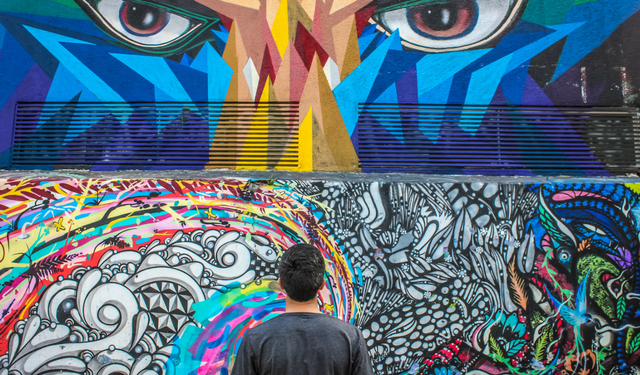 There is also an attention deficit. Most people can only ingest a finite amount of information at a given time. It’s the same psychology behind Twitter’s limit or why Facebook users have an average of about ~200 friends. Most humans cannot manage their lives effectively with all the madness happening in the world.
There is also an attention deficit. Most people can only ingest a finite amount of information at a given time. It’s the same psychology behind Twitter’s limit or why Facebook users have an average of about ~200 friends. Most humans cannot manage their lives effectively with all the madness happening in the world.
Most consumers (me included) have tunnel vision. It’s a defensive mechanism against feeling overwhelmed with daily interruptions, and allows consumers to receive only the content that they feel is important at a very specific moment in time, which often changes by the hour.
Lastly, consumer purchase behavior is dynamic, unpredictable and very difficult to track. The old school way of thinking about the purchase funnel has been turned completely upside down. The purchase path is not linear anymore; it’s erratic. Consumers may do research online, ask a friend, seek 3rd party validation, be influenced by a billboard, click through to a site from a search result, then not purchase the product until six months later in a retail store.

It’s not easy reaching your customers online. But there is hope. And that hope starts with social data.
We recently deployed Crimson Hexagon and have integrated the platform globally and across several PR & digital teams. We are using the technology for traditional social listening capabilities and drilling down into the data to extract real-time insights for clients.
We are also building very targeted audience listening panels that allow us to track finite groups of people (influencers, IT audiences, developers, HR professionals) to better understand what they care about, read and share versus the broader market.
The result is data-driven content, media relations, paid media and influencer activation.
Social data drives more impactful storytelling
Our approach to content strategy and overall storytelling is grounded with audience intelligence. We mine listening panels to better understand what the audience is talking about, what’s top of mind, what they are reading and sharing. From that, we devise an editorial approach that mimics that of the audience, resulting in complete, 100% relevance.
Social data helps prioritize media relations
From our audience panels, we can identify which media publications they are reading the most and sharing. We can drill down to see what types of content (headlines, narratives) are resonating the most and use that data to inform PR strategy. If we know that the audience is reading a specific publication like Wired or Inc., we will prioritize our byline placement and media outreach appropriately.
Social data delivers more targeted and strategic paid media
Our approach to audience listening involves monitoring “real people” that are self-identified as being part of an audience group, usually through job titles or interest areas. We leverage the social networks and build custom audiences allowing us to target just that group, either through email addresses or Twitter IDs.
Social data informs influencer activation
Our approach to influencer marketing rests on the 1:9:90 model. The 1% are influencers who create content, shape the market, and drive conversation about a topic. The 9% are highly active online. They re-package influencer content, provide their own context and share it. The 90% are the great majority of any market. They lurk and learn. They rely heavily on search, consuming peer content and seeking 3rdparty validation. They decide how compelling the 1% and the 9% really are in telling your brand’s story.
Once we identify the influencers, we add them to an audience listening panel to better understand what the influencer group is talking and writing about, what’s top of mind, what they are reading and sharing. From there, we devise an approach that moves influencers down a funnel from being unaware to aware to engaged to advocate. Through a variety of tactics, the goal is to move all influencers to become brand advocates.
Learn more about the services LEWIS offers.



